
Dance is a universal medium which speaks through rhythmic movements. Though distant by location from the artistic attractions of the world, Japan endears itself to the world by its myriad dance forms. Odori and Mai forms have dominated the cultural scene here and have incorporated many other variations. One variation is the Buyo or Nihon Buyo. The Buyo dance form is essentially a combination of dance and mimicry, the purpose of which is ‘to entertain’. Since it means entertainment, Buyo was mostly performed by a Geisha. A Geisha is a woman who entertains the audience by her dance, music and talks. Influenced by the other traditional dances, the Buyo or Nihon Buyo has seen many changes. One of the oldest surviving traditional dances of Japan, the Nihon Buyo is defined by small steps and exaggerated facial expressions. Props such as Sensu (Japanese fan), unique choreography, traditional costume and heavy make–up define its performance.
Origin of the Nihon Buyo dance developed from many theories of the 7th and 8th centuries including the ancient mythology, religion and kabuki odori and the other theatrical dance movements. Performance of the random steps to show happiness and celebration for the appeasement of Gods and Goddesses led to many dance forms. Various dance forms from neighbouring countries were also integrated. At the end of the 17th century, Izumo–no–Okuni, a female dancer combined the dance of the masses with the local customs into ‘kabuki odori’ and the ‘nenbutso odori’, a kind of wild dance forms. Significantly influenced by Kabuki, Noh, folk and Western styles, the Buyo evolved. Thus, the Nihon Buyo evolved from all these dance forms but however, developed its own artistic style of refined entertainment in the Edo region now known as Tokyo, Kyoto and Osaka.
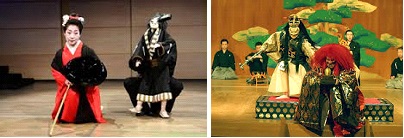
Buyo is performed to entertain on stage. The Buyo or Nihon Buyo developed from the kabuki odori theatre. This form of dance was mostly made of primitive style of dancing where the performers leaped and jumped and did mimicry. The Buyo dance was highly influenced by the kabuki style but it got transformed into a more refined form. Each dance sequence presented a story. Over a period of time, the style of dance changed from the mere presentation of symbolic movements to realistic movements and the costumes became more colourful and the steps more refined.
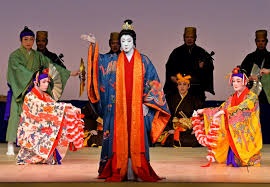
Buyo is performed to the accompaniment of musical instruments such as the bell, flutes and drums but the shamisen is the most popular instrument used.
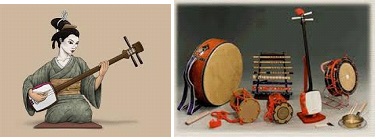
Both the genders, adults and children wear a kimono, a Japanese traditional garment while performing the traditional dance of Buyo. This kimono is a T–shaped long ankle–length robe made from silk. The robe has long sleeves, collar and a thick belt with an overlapping front. The obi sash keeps the kimono tied. The kimonos come in vibrant colours and with an intricate pattern and design.
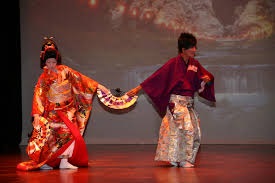
In its early stages of development, Nihon Buyo was performed by women. Later, men performed the Buyo dressed as women. The Buyo dance form has evolved through centuries and has now become a refined form of dance. In some of the theatrical plays and narration through dance, the techniques changed and movements had become more articulate and refined. Professional troupes of men and women perform this dance.
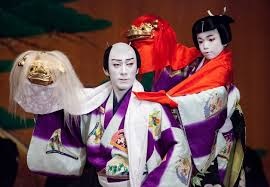
G Kowledge of | 0 Comments >>
0 Comments
Leave Comment
Your email address will not be published. Required fields are marked.